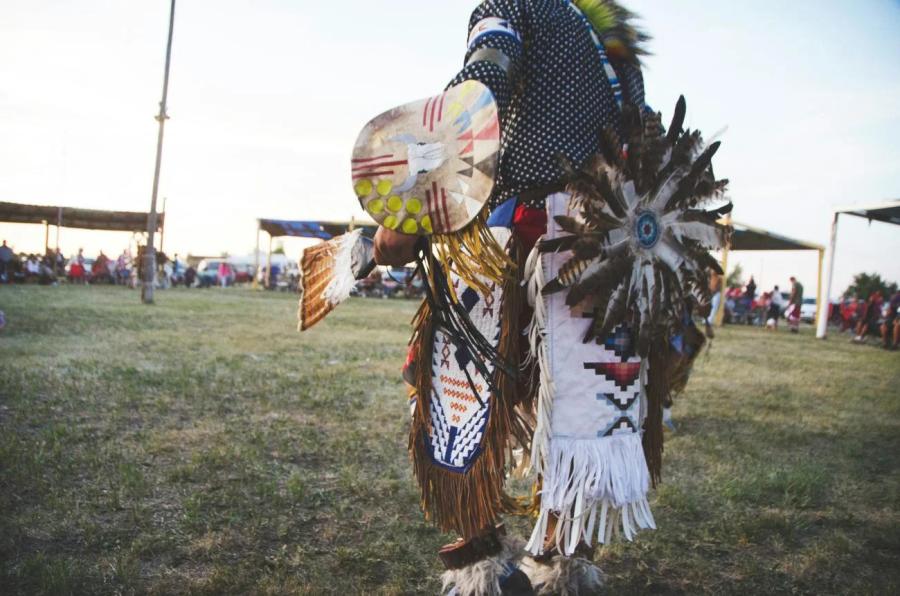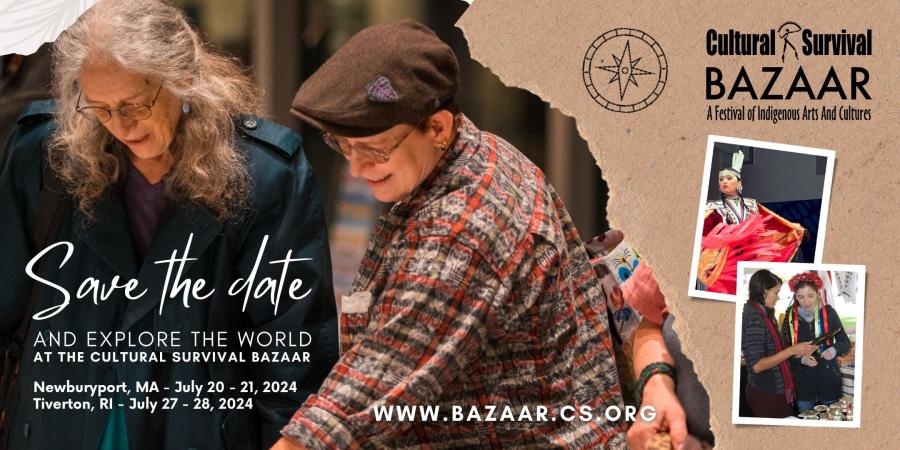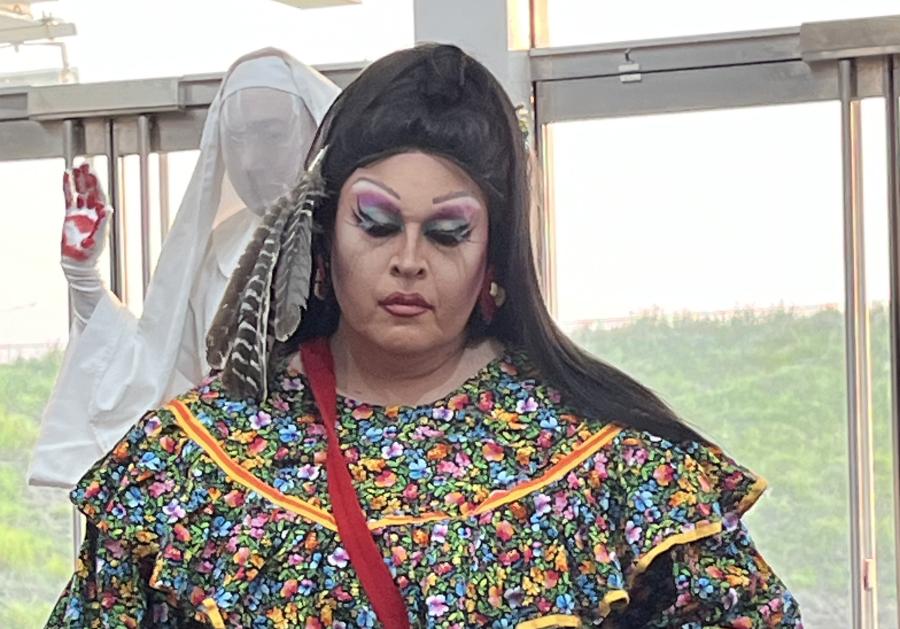
By Asia Alsgaard
The Massachusetts Office of Travel and Tourism (MOTT) has a variety of themed historical programs ranging from ones that trace the state’s history in the Civil War to another that delineates the plethora of historic lighthouses spotting the Massachusetts coastline. However, their newest program is unique. The Massachusetts Native American Trails website is not merely written about Native peoples, but is written by Native people themselves.
Native American Trails is a recently released online resource aimed at providing a succinct source of information on the history of the Native tribes in Massachusetts, the associated historical and natural sites, as well as on current events by the Native American tribes in the Massachusetts area. There is information, not just on sites such as the Aptucxet Trading Post Museum, the site of the first trading house built in 1627 by the Plymouth Colony where the pilgrims traded with the native tribe, but also on natural sites such as Bash Bish Falls. Bash Bish Falls, a 200-foot falls associated with the woman Bash Bish who, according to Native American legend, was sentenced to death here only to disappear into thin air. If someone is looking for a more personal experience, the site also provides information on Native American-guided tours of Plymouth as well as about current native events that are open for anyone to attend, complete with accompanying information on proper protocol at Powwows and related events.
The idea was initiated by MOTT after receiving feedback from tourists who lamented the lack of available resources for those interested in finding and learning more about the Native American history of Massachusetts. MOTT reached out to Dr. Jean Forward for assistance, a professor of Anthropology at the University of Massachusetts Amherst who has been working with Native tribes in the state for over 30 years. She began collaborating with John Peters, the director of the Massachusetts Commission on Indian Affairs, on how best to formulate the tourism program. They ultimately decided on an online, rather than physical “trail,” that would act as a resource for interested educators and tourists. In a discussion with Cultural Survival, Dr. Forward noted how, “tourism acts as an excellent opportunity to educate people.” In order to educate, the website would contain tourist information, but also act as a central source of information on Massachusetts tribes in the area.
MOTT took it one step further, deciding that rather than just constructing the site themselves, the website would be a collaborative effort with the Native tribes to present the information they wanted in their own words. The ultimate goal was that the tribes themselves would maintain their own portion of the website. Jean Forward commented on how “in general, 95% of what you see is written by non-Native people. We felt it was important to have Native people in control of the information [on the website].”
The Creative Economy Initiative Fund grant covered the expense of travel and allowed visits with the Aquinnah Wampanoag, the Mashpee Wampanoag, and Nipmuc Nations, the three tribes that would ultimately be linked to the website. MOTT felt it was important to approach the project on the terms of the Native Americans involved in the process, taking the time to travel to them.
Because of the number of moving parts involved, the process was a slow one, taking over a year and a half to complete. According to a soon to be published article by Virginia McLaurin, a graduate student at the University of Massachusetts Amherst, the project required constant collaboration between the busy schedules of Native leaders, university professors, undergraduate and graduate student volunteers making just finding a time to meet challenging. Once a meeting was established, an effort was made to find out what information each tribe wished to have displayed on the website. In many cases, the tribes already had an operational website that could be linked to. However, it was still necessary to make the main website easy-to-update while simultaneously instructing the tribes on how to take over their own sites. In some cases, such as with the video of Hawk Henries, a Nipmuck flute player, or in other cases where a tribe wished to present more extensive information, the tribe was fit with undergraduate and graduate volunteers at the University of Massachusetts Amherst who were able to help with the display of ideas or information.
Despite the time intensive nature of the project, the end result is a product that combines information from a variety of sources, including information regarding the Native tribes, as well as links to the North American Indian Center of Boston, Aptucxet Trading Post Museum, and the Massachusetts Center for Native American Awareness.
Not only does this website provide a valuable resource for educators and tourists within Massachusetts, but it was a unique opportunity for the tribes involved as well. Dr. Forward says, “Everyone was excited and receptive. We were approaching tribes to give them something instead of taking something away.” Historically, interactions between the Native and non-native peoples of Massachusetts have been characterized by diseases, conversion, dispossession, and relocation. Native people in Massachusetts are more than their history and they continue to have an active presence within the commonwealth. The Native American Trail website is an attempt to present their past while showing they are involved in shaping our futures.
As put by John Peters and written about by Faye Alkiewicz, “[The website] gives the general population information on who we [Native Americans] are, what we do.” The hope is that this can help to deconstruct some of the misconceptions surrounding Native Americans that still exist today. In an interview with Fran Fifis, Paula Peters, a member of the Mashpee Wampanoag, mentioned some of the misconceptions that accompany many visitors to Plimoth Plantation, where a construction exists of a 17th century Wampanoag village with all Native re-enactors. As put by Peters, “We have a unique opportunity here because of our history to teach the public about our culture and dispel the myths.” The Massachusetts Native American Trail Website is a major contribution to this effort, allowing a succinct site for presenting accurate information by the Native tribes themselves. Unfortunately, Massachusetts is not the only state to struggle with Native misconceptions and misinformation, but Dr. Forward hopes that in the future the site can become a “model that other states can use to educate and do tourism with.”
Follow this link to check out the Massachusetts Native American Trails website: www.massnativetrails.com



